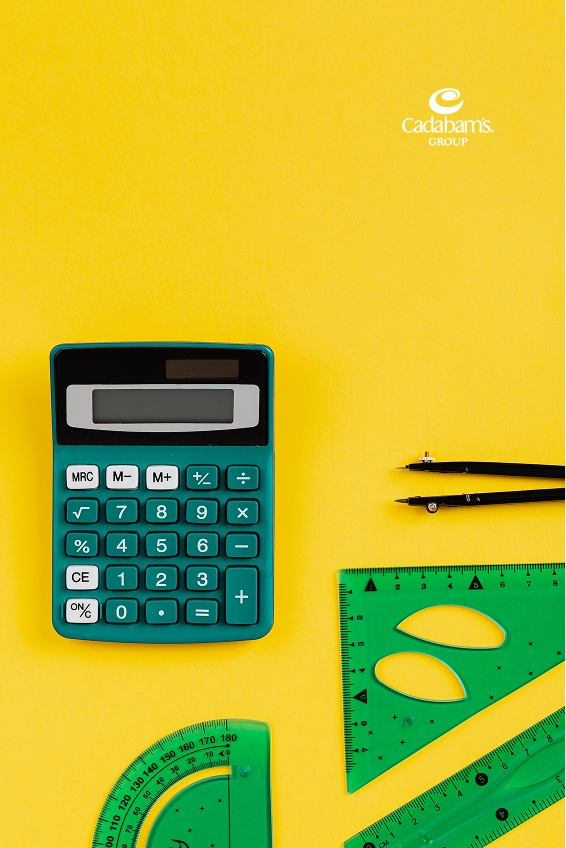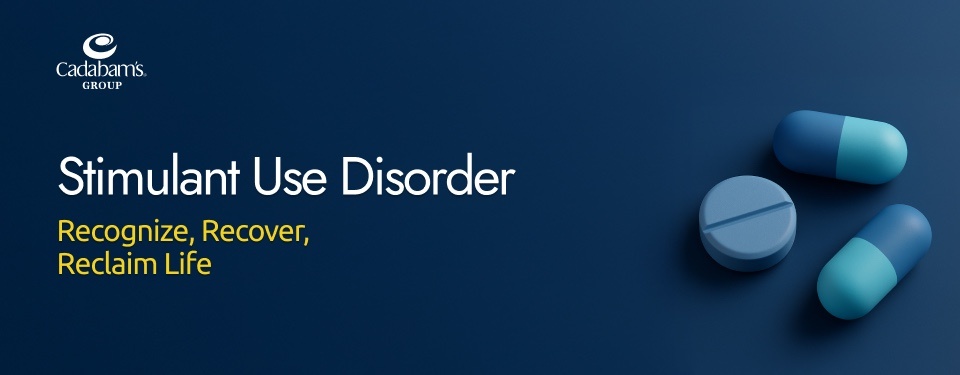Stimulant Use Disorder
The increasing abuse of stimulants in India has become a serious problem, especially among the youth and the working population. With growing awareness, it is increasingly being recognised that long-term rehabilitation options are required to address the chronic nature of this disorder.
In this article, we will help you understand what Stimulant Use Disorder is, its symptoms, causes, and the effective stimulant addiction treatment and recovery options.
Symptoms of Stimulant Use Disorder
Physical and Behavioural Signs
- Physical symptoms – Fast heart rate, sweating, weight loss
- Behavioral changes – Insomnia, urgent speech, paranoia
- Risky behavior if untreated
Psychological and Cognitive Symptoms
- Mood swings, aggression, hallucinations
- Cognitive impairments – Poor judgment, compulsive behavior
- Impacts mental stability and relationships
Our Professionals
Why Are Stimulants Addictive?
Stimulants are highly addictive due to their strong impact on brain chemistry, which leads to the rapid development of tolerance. As dependence builds, individuals may experience significant behavioural changes over time, making recovery more challenging.
Brain Chemistry and Reward Pathways
Stimulants affect the brain by increasing dopamine levels in the reward circuit, leading to intense feelings of happiness and reinforcing drug-taking behaviour. Over time, natural dopamine production is reduced, leaving those affected dependent on the substance to feel normal.
Risk Factors and Vulnerabilities
A combination of biological, psychological and environmental factors contributes to vulnerability to stimulant abuse. These risk factors vary from person to person and often overlap, increasing the likelihood of developing a stimulant abuse disorder.
Personal & Genetic Factors
The risk of addiction is often influenced by a family history of substance abuse, suggesting a genetic predisposition. Impulsive personality traits and co-occurring mental health conditions such as ADHD, anxiety or depression also increase the risk of developing stimulant dependence.
Environmental Triggers
External pressures, such as demands at school or work, peer influence and a stressful environment, can lead individuals to seek stimulants to enhance performance. In such environments, stimulant abuse is often normalised, especially when productivity and competition are high priorities.
Early Access to Prescription Stimulants
When stimulants such as Adderall or Ritalin are prescribed in adolescence, especially for the treatment of ADHD, the risk of abuse increases, prolonged use at a young age can promote dependence and encourage non-medical use later in life.
Social Isolation or Lack of Support
People who lack strong social or family ties are more likely to abuse stimulants as a means of coping. These drugs are often used to fill emotional gaps, cope with loneliness or to temporarily escape stressful situations.

Types of Stimulant Use Disorder
Stimulant use disorder can stem from different classes of substances - prescription, illicit, or over-the-counter. Understanding the type of stimulant misused is crucial for tailoring effective treatment strategies, as each class impacts the brain and behaviour differently.
- Prescription Stimulants: Includes medications like Adderall, Ritalin, and Dexedrine, often prescribed for ADHD or narcolepsy. Misuse typically involves taking higher doses, using without a prescription, or combining with other substances for cognitive or mood enhancement.
- Illicit Stimulants: Drugs such as cocaine, methamphetamine, and ecstasy (MDMA) fall into this category. They are often used recreationally and can lead to rapid dependence, severe psychological symptoms, and risky behaviours.
- Over-the-Counter (OTC) Stimulants: Substances like caffeine pills or nasal decongestants may seem harmless, but can lead to dependency or stimulant-related complications when misused frequently or in large doses.
Each type requires a comprehensive approach, combining detox, behavioural therapy, and relapse prevention planning.
Emergency service
Find nearest mental health center now

When to Seek Help for Stimulant Addiction
It is important to recognise the right time to seek help. Early intervention increases the chances of recovery and helps individuals regain control before further damage is done.
Signs That Warrant Immediate Intervention
There are certain signs that may indicate the need for urgent rehab, these signs include:
- Blackouts: Loss of memory or consciousness due to stimulant use.
- Paranoia: Extreme mistrust or delusions that have nothing to do with reality.
- Violent behaviour: Aggressive outbursts that endanger oneself or others.
- Failed attempts to quit: Multiple relapses despite the desire to quit.
Why Early Rehab Matters
Starting stimulant addiction treatment at the earliest offers significant benefits to individuals:
- Prevents overdose: Reduces the risk of fatal complications.
- Improves outcomes: Increases chances of full recovery and stability.
- Eliminates root causes: Helps uncover underlying mental health issues or trauma that underlie addiction.
How Cadabam’s Can Help with Stimulant Addiction Recovery
At Cadabam’s, we provide personalised, evidence-based care for individuals struggling with stimulant addiction. From detox to long-term recovery, our comprehensive approach ensures consistent support at every stage of the healing process.
Comprehensive Addiction Rehab Program
The rehab program at Cadabams is designed to provide safe, structured and continuous care:
- Detoxification: Medically supervised withdrawal to ensure safety and comfort.
- 24/7 monitoring: Continuous clinical monitoring to control symptoms and risks.
- Trauma Therapy: Specialised care for co-occurring trauma and emotional distress.
- Safe Inpatient Care: A safe, non-judgmental environment that supports recovery.
Holistic Therapies and Long-Term Recovery Plans
At Cadabam’s, recovery is supported by holistic practices that nourish the mind and body, and these are accomplished through:
- Yoga: Improves physical well-being and emotional balance.
- Mindfulness: Sharpens awareness and reduces cravings by reducing stress.
- Vocational Training: Teaches life and work skills to support reintegration.
- Aftercare Support: Ongoing counselling and resources to prevent relapse and maintain progress.
Family Involvement & Psychoeducation
The family plays a critical role in long-term recovery and relapse prevention in many ways:
- Family Therapy: Facilitates healing of strained relationships and encourages open communication.
- Boundary Education: Teaches families how to support recovery without enabling harmful behaviours.
- Relapse Support: Helps families recognise early signs of relapse and use effective response strategies.
Together, these services strengthen the recovery environment and empower families to contribute positively to the healing process.
If you are searching for a solution to your problem, Cadabam’s Rehabilitation Centre can help you with its team of specialised experts. We have been helping thousands of people live healthier and happier lives for 30+ years. We leverage evidence-based approaches and holistic treatment plans to help individuals effectively manage their Stimulant Use Disorder. Get in touch with us today. You can call us at +91 96111 94949.
Listen to Our Expert Insights on Stimulant Use Disorder
Our centres where we treat Stimulant Use Disorder
Diagnosis of Stimulant Use Disorder
A formal diagnosis of stimulant use disorder is made on the basis of clinical assessment and standardised criteria. The diagnosis helps to determine the severity of the disorder and to take appropriate stimulant addiction treatment measures.
DSM-5 Diagnostic Criteria
The DSM-5 describes specific symptoms such as tolerance development, withdrawal symptoms, persistent craving and repeated failed attempts to stop using. Continued use despite physical or psychological harm is also listed, emphasising the compulsive nature of the disorder.
Screening and Evaluation Tools
The diagnosis is supported by instruments such as structured clinical interviews, substance use inventories and urine tests. These assessments help health professionals to confirm the presence of the disorder and develop an appropriate stimulant addiction treatment approach.
Stimulant Use Disorder Treatment
Effective treatment for stimulant use disorder involves a combination of psychological therapies, experimental medicine approaches and structured rehab programmes. A personalised plan is essential for sustained recovery and relapse prevention.
Psychological Therapies
Various therapies have been used to address the causes and behavioural patterns of stimulant abuse:
- Cognitive Behavioural Therapy (CBT): Helps restructure negative thoughts and behaviours.
- Contingency Management (CM): Rewards sobriety with positive reinforcement.
- Motivational Interviewing (MI): Strengthens the willingness to change.
- Relapse Prevention: Builds coping skills for long-term recovery.
Medication & Deep Brain Stimulation (DBS)
Currently, there are no FDA-approved medications to treat stimulant addiction. Some antipsychotics and antidepressants are being used experimentally. In extreme cases, deep brain stimulation has been explored to target the brain circuitry involved in reward and addiction, although this is still a developing field.
Rehab-Based Treatment at Cadabam’s
Cadabam’s comprehensive rehab programmes are designed to treat the psychological, physical and social aspects of stimulant use disorder. The focus is on long-term recovery through structured and individualised care.
- Structured Detox: A medically supervised process that helps to manage withdrawal safely and comfortably.
- Therapy Programmes: Daily sessions to examine behavioural patterns and develop coping strategies.
- Peer Support Groups: Individuals share experiences and receive encouragement in a community-based setting.
- Family Counselling: Family members are involved in the therapy to rebuild trust and support recovery.
Subscribe to our newsletter
Find out about centres, daily updates and more about mental health

Why Cadabam's?
Stimulant Use Disorder is a serious condition that demands integrated, medically supervised care. Cadabam’s brings 30+ years of expertise in treating substance use through evidence-based, multidisciplinary strategies. Our psychiatrists, addiction experts, psychologists, and rehab teams develop structured, individualised plans addressing both physical and psychological dependence. With 24/7 detox care, intensive therapy, group support, and relapse prevention, we provide a full recovery framework. Family counselling and post-care services ensure long-term stability. At Cadabam’s, we’re with you every step of the way.
Facilities & Amenities
Frequently Asked Questions
Yes, stimulant use disorder can negatively impact relationships and work life. It may lead to mood swings, irritability, secrecy, unreliability, and poor decision-making, causing conflicts with family, friends, and colleagues. Professional treatment and support can help restore functioning and improve social and occupational relationships.
Stimulant use disorder can cause serious health risks, including increased heart rate and blood pressure, heart attack, stroke, anxiety, paranoia, insomnia, and malnutrition. Chronic use may also damage the brain, impair memory, and increase the risk of mental health issues such as depression and psychosis.
Yes, medications can be used to help manage stimulant use disorder, though there are currently no FDA-approved drugs specifically for it. Certain medications may help reduce cravings, manage withdrawal symptoms, or treat co-occurring mental health conditions, often combined with therapy and behavioral interventions for effective recovery.
Therapeutic use involves taking stimulants under medical supervision for conditions like ADHD. Misuse occurs when stimulants are used without a prescription, in higher doses, or for non-medical reasons such as energy boosts or euphoria, leading to serious health risks.
While some individuals may manage early-stage addiction with outpatient support, long-term or severe cases often require structured rehab. Professional care ensures safe detox, therapy, and relapse prevention, which are hard to achieve through self-treatment alone.
Stimulants trigger the brain’s reward system, creating intense pleasure and reinforcing repeated use. Over time, tolerance develops, requiring higher doses to achieve the same effect, which can quickly lead to physical and psychological dependence.
Case Studies
Our Programs
Our Testmonials
Blogs you may be interested in
Helpline at your fingertips
+91 9611194949

.webp)




-min.webp)



.avif)

-min.webp)

.avif)

.avif)
.webp)


